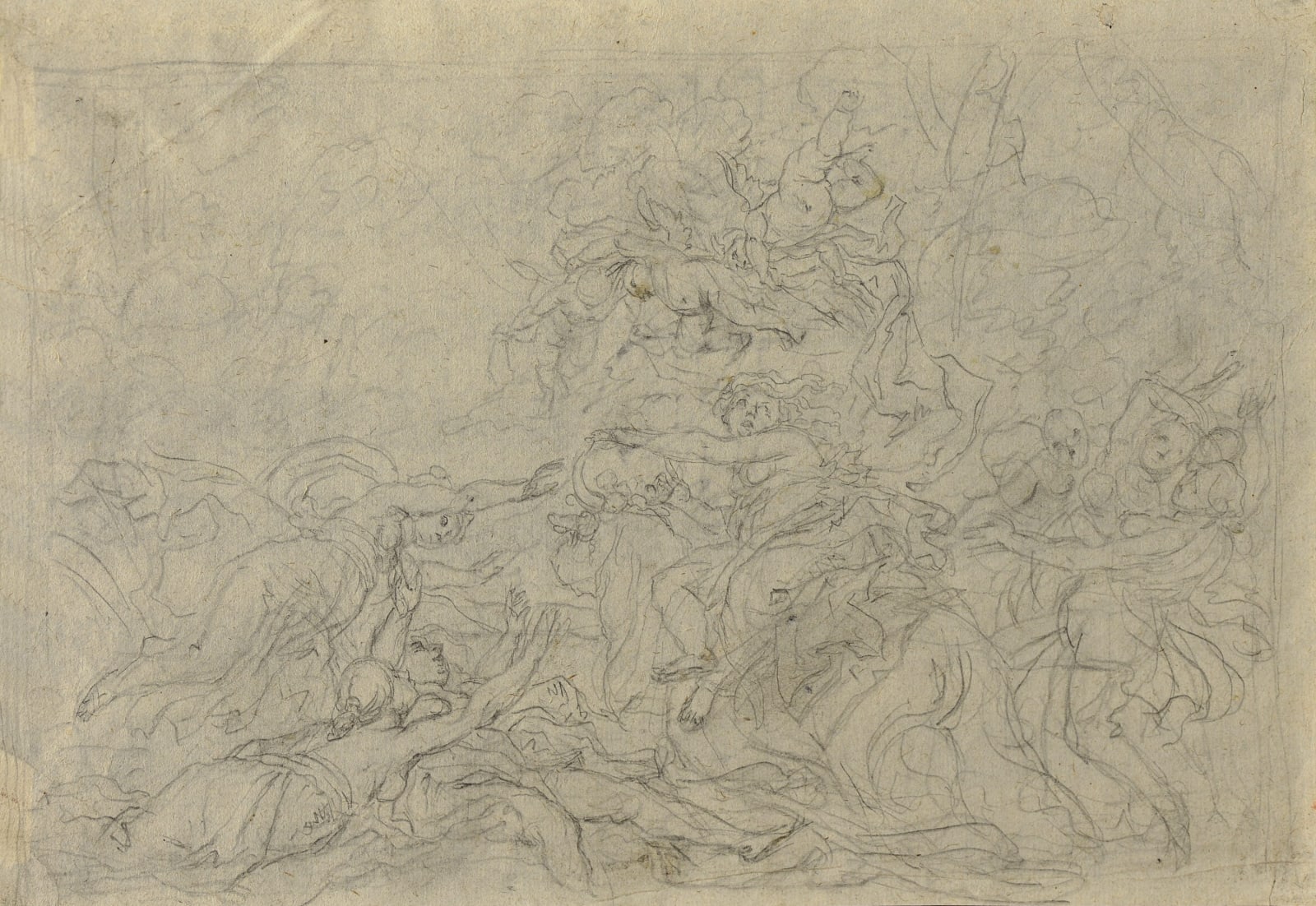Cornelis Schut (Antwerp 1597 - 1655)
Cornelis Schut was born in Antwerp in 1597. After working for some time in the workshop op Peter Paul Rubens, his teacher, he became a member of the guild of St Luke in 1618. Between 1624 and 1627 he lived in Rome, where he was one of the founding members of the Bentvueghels, a society of Flemish and Dutch artists who worked in Rome. His nickname or “bentnaam” was Brootsack (bread bag). In 1627-1628 the artist was in Florence, where he designed tapestries for the Arrazeria Medicea, the tapestry factory founded by Cosimo I de Medici. In the early 1630’s he returned to Antwerp.
In 1635 he collaborated on the decorations for the royal entry of the Cardinal-Infante Ferdinand in Antwerp and Ghent; the whole project was overseen by his former master Rubens. Schut collaborated on other projects as well, with artists such as Gaspar de Crayer and Theodoor Rombouts. He was commissioned for many altarpieces in churches and monasteries across the Southern Netherlands, but also abroad, such as in Cologne. In the Antwerp cathedral of Our Lady he painted the ceiling decoration of the dome, which depicts the Assumption of Mary. Stylistically, Schut was influenced by his contemporary Abraham Janssens, as well as by several Italian painters, such as Guercino and Guido Reni. Although he borrowed some motifs from his master Rubens, the latter’s stylistic influence on Schut was limited.
The present work depicts the rape of Europa, the mythological story that was a beloved theme of many renaissance and baroque artists such as Titian and Rubens. Zeus wanted to seduce Europa, daughter of Agenor of Tyre; assuming the form of a tame white bull, he approached the girl, who was picking flowers with her friends. When the girl climbed on his back, he ran to the sea and swam to Crete, where he made her the first queen of the island.
Cornelis Schut’s free and somewhat nervous drawing style lends the story a heightened sense of drama: the artists depicts the moment the bull storms off, with Europa’s friends left and right very much caught by surprise, Europa herself visibly distressed. The foreshortening of the bull is expertly done, showing off the artist’s skills as a draughtsman.
Provenance
Private collection, France.
- X
- Tumblr
-
 Cornelis Schut (Antwerp 1597 - 1655)Cimon & Iphigenia, from Bocaccio's Decamerone19 x 28,7 cmoil on paper, laid down on panel
Cornelis Schut (Antwerp 1597 - 1655)Cimon & Iphigenia, from Bocaccio's Decamerone19 x 28,7 cmoil on paper, laid down on panel -
 Cornelis Schut (Antwerp 1597 - 1655)Cimon & Iphigeniaoil on paper, laid down on panel19 x 28,7 cm
Cornelis Schut (Antwerp 1597 - 1655)Cimon & Iphigeniaoil on paper, laid down on panel19 x 28,7 cm -
 Cornelis Schut (Antwerp 1597 - 1655)The Flight into Egyptblack chalk and white highlights on laid blue paper405 x 282 mm
Cornelis Schut (Antwerp 1597 - 1655)The Flight into Egyptblack chalk and white highlights on laid blue paper405 x 282 mm -
 Cornelis Schut (Antwerp 1597 - 1655)Apollo & Daphnegraphite and pen and ink on paper220 x 284 mm
Cornelis Schut (Antwerp 1597 - 1655)Apollo & Daphnegraphite and pen and ink on paper220 x 284 mm




